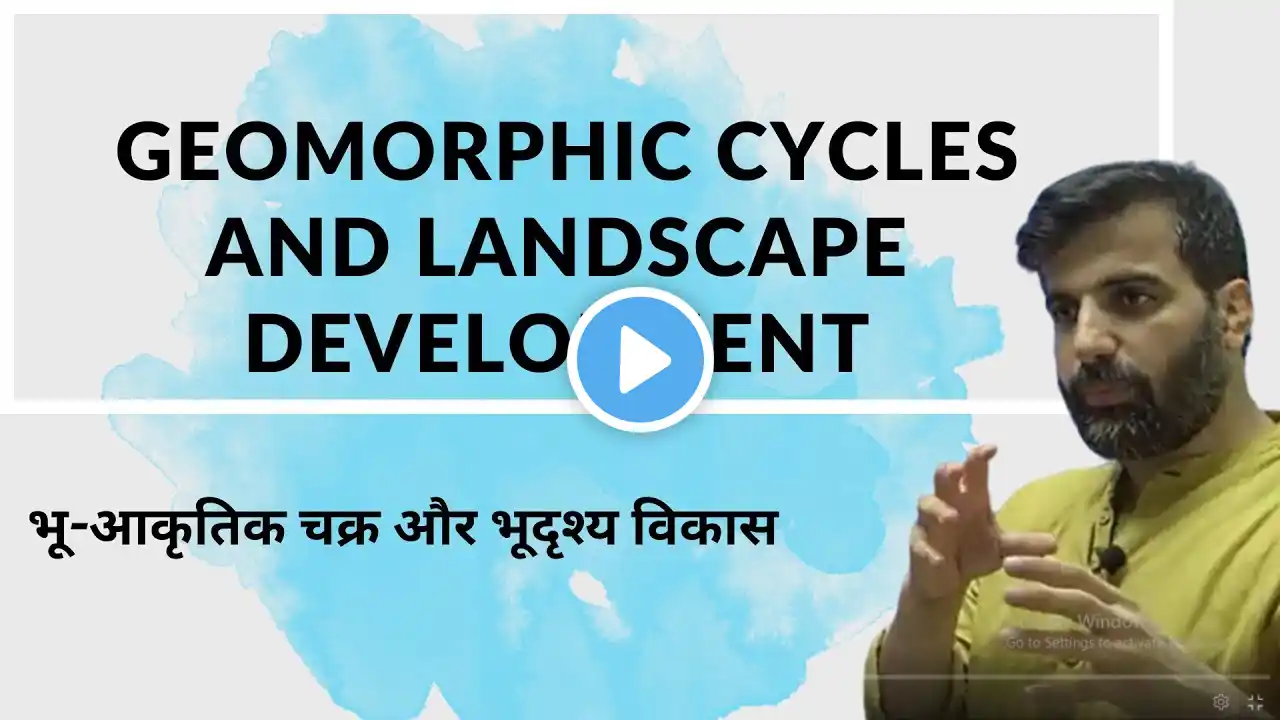
Theory of Cycle of Erosion _ Davis #geography #geomorphology
Theory of Cycle of Erosion by Davis Introduction: Theory of Cycle of Erosion refers to the geomorphic theory that explains the process of landform evolution. Davisian model sought to explain landforms in terms of structure, process, and stage. Initiation: Davis describes that the cycle of erosion begins with forces like weathering and tectonic activity. Uplift: Geological forces uplift the land, initiating the cycle. Youthful Stage: Rivers form V-shaped valleys through downcutting, characterized by rapid erosion. Mature Stage: Valleys widen, and landscapes achieve a more balanced profile. Old Age: Gradual reduction in relief as erosion continues; landforms smooth out. Rejuvenation: Uplift renews the cycle, restarting erosion and altering the landscape. Base Level: The lowest point to which a river can erode; often the sea. Adjustments occur to maintain equilibrium. Cyclic Nature: A continuous loop as tectonic processes and erosion shape the Earth's surface over time.


















